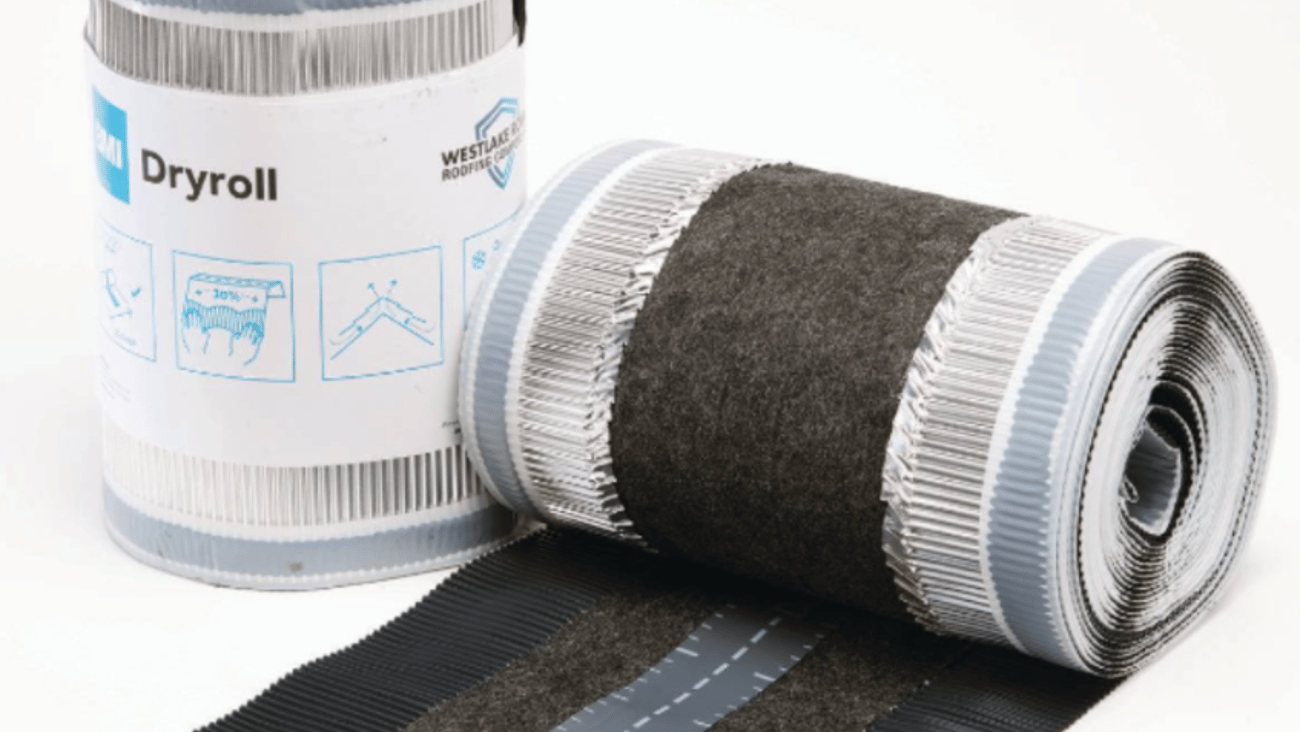Bricks and sustainability
As home builders and buyers search for the latest and greatest in green technology, one company has released a report touting the sustainability of one of man’s oldest building materials -- the brick.
Roswell, Ga.-based Boral Bricks recently put out a white paper titled “Building with Brick: Sustainable and Energy Efficient.” Inside the seven-page document, the company highlighted many key reasons why brick is a superb green building material, especially given its historical usage.
“All too often, newly invented materials are not only disproportionately expensive, but also lack a time-tested track record that can provide reassurance about their expected performance,” the paper read.
The company pointed to the building materials history also as an example of its longevity, noting 4,000-year-old brick-built arches in the Middle East that still stand today.
The company highlighted three main perspectives that point to brick's sustainability: It is made from some of the most abundant resources in the world; it increases a building’s efficiency in both energy and long-term upkeep; and when manufactured in an environmentally responsible manner, it outranks other materials in sustainability metrics.
“Scarcity is one of the concerns at the core of sustainability,” the report read. “However, the primary ingredients of brick are clay and shale, which can be found in every region of the world."
Since the materials for manufacturing can be found virtually anywhere, bricks can be manufactured locally, reducing the distance for transportation. The report went on to state that the United States is so self-sufficient in the production of brick that it exports nearly half of its production. It also pointed to the relative ease in which the materials can be harvested.
“Because clay and shale ‘float’ to the Earth’s surface through weatherization, they are easily removed from the ground without the damaging effects that accompany the mining of more elusive resources,” the report stated.
On the topic of building efficiency, the material's insulating properties were recognized by an independent study as using 2% to 7% less energy than fiber cement siding, and 1% to 2% less than vinyl siding in southwestern climates.
The material’s durability -- it's not compromised by mold or termites -- contributes to its overall long life with little maintenance. “In fact, because of its durability, the National Institute for Standards and Technology has rated brick masonry as having a 100-year lifespan,” the report read.
Brick also reduces outside noise intrusion and does not emit volatile organic compounds.
To the last point of sustainable manufacturing, the company showed how modern manufacturing methods have reduced energy usage by more than half in the production of brick. It also showed how many plants have switched to alternative energy sources, such as methane captured from landfills, to fire their kilns.
“Very little waste is produced in manufacturing and building with brick because the materials are inherently recyclable,” the report stated. “A pound of clay material yields almost a pound of brick. … Any materials that are left over after one run of bricks has been fired can simply be re-mixed into the next run.”
Additionally, leftover brick material on the construction site can be recycled in a number of ways, be it crushed for landscaping, reused for other projects or added to concrete aggregate.



